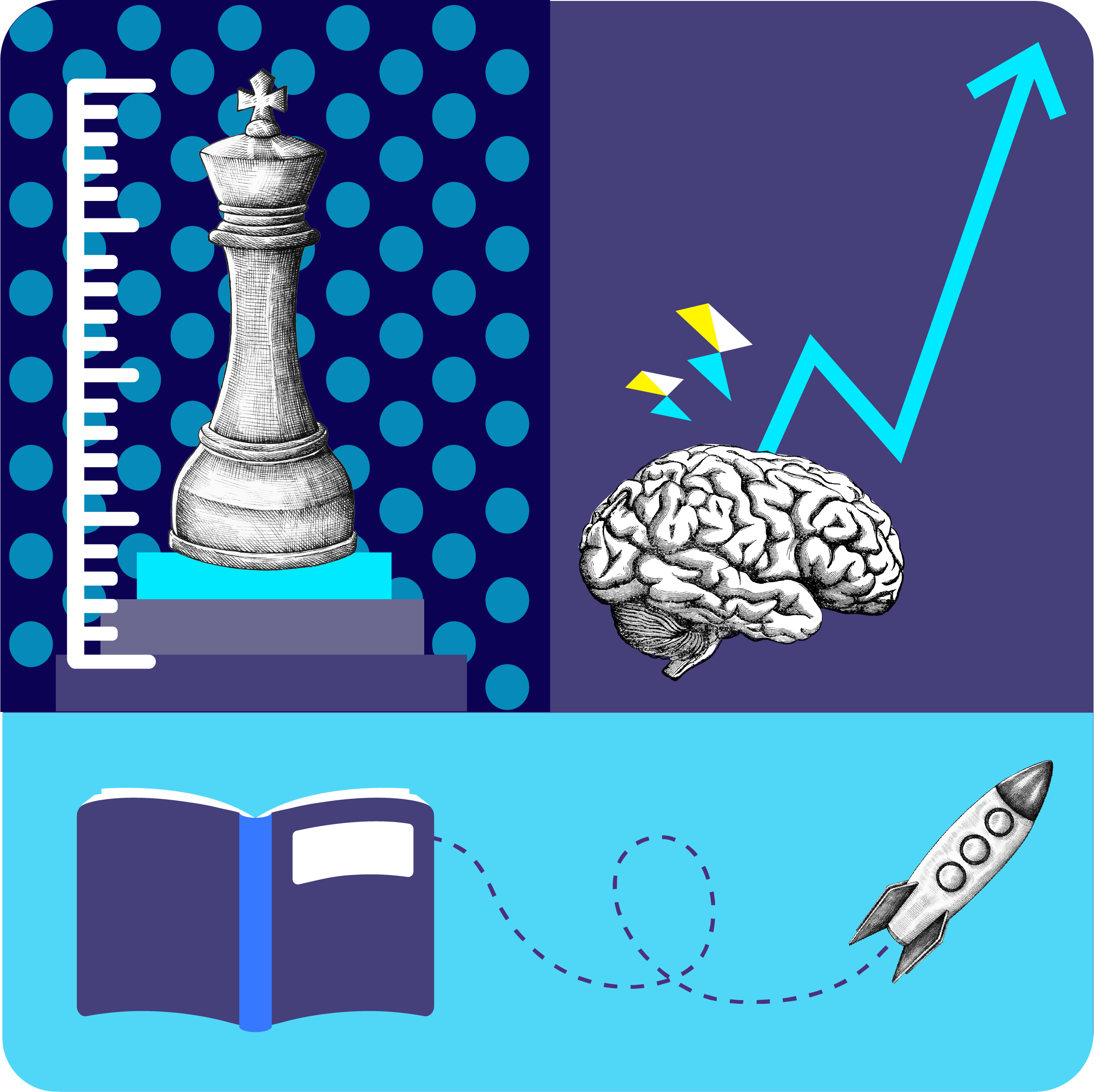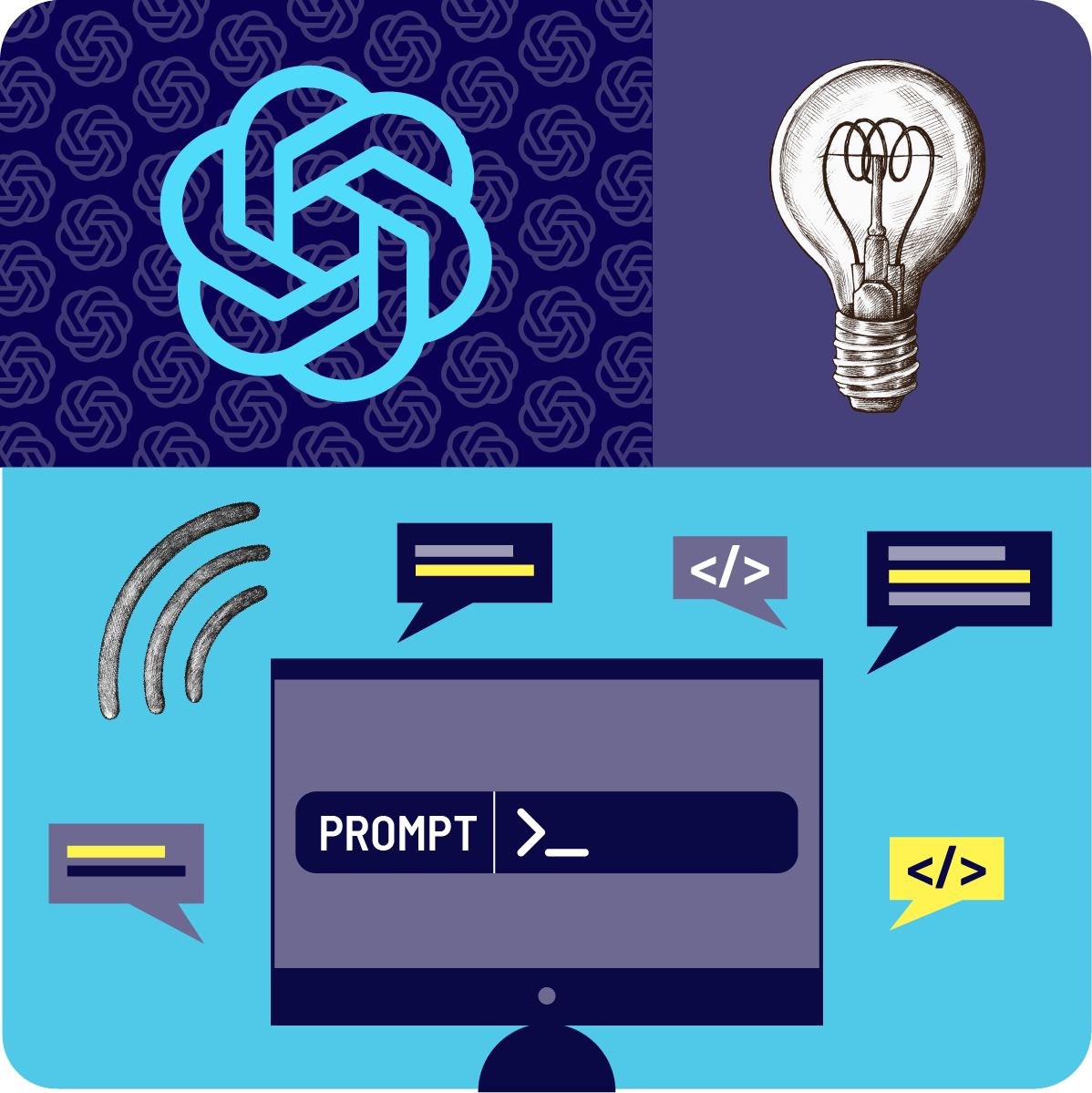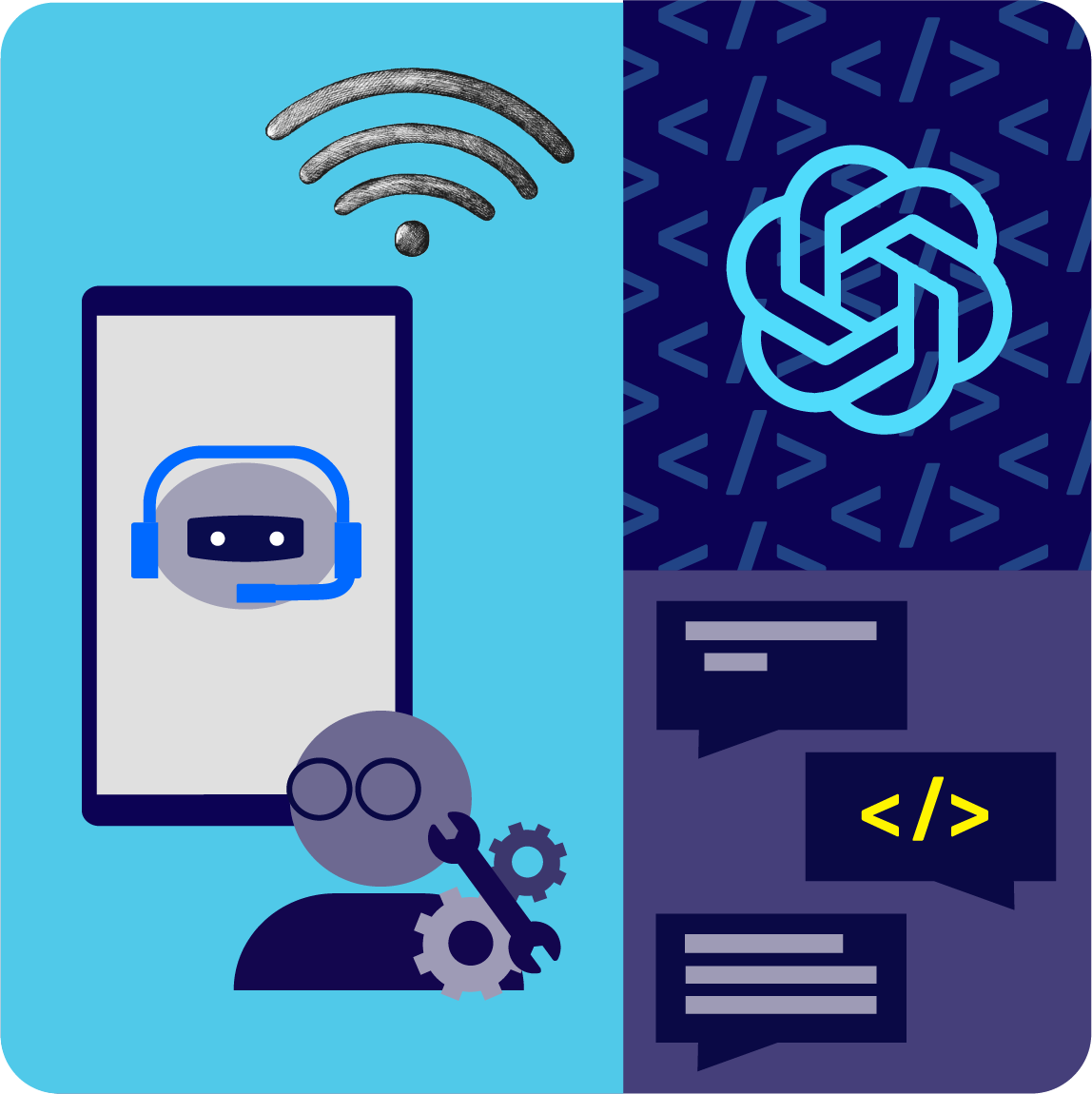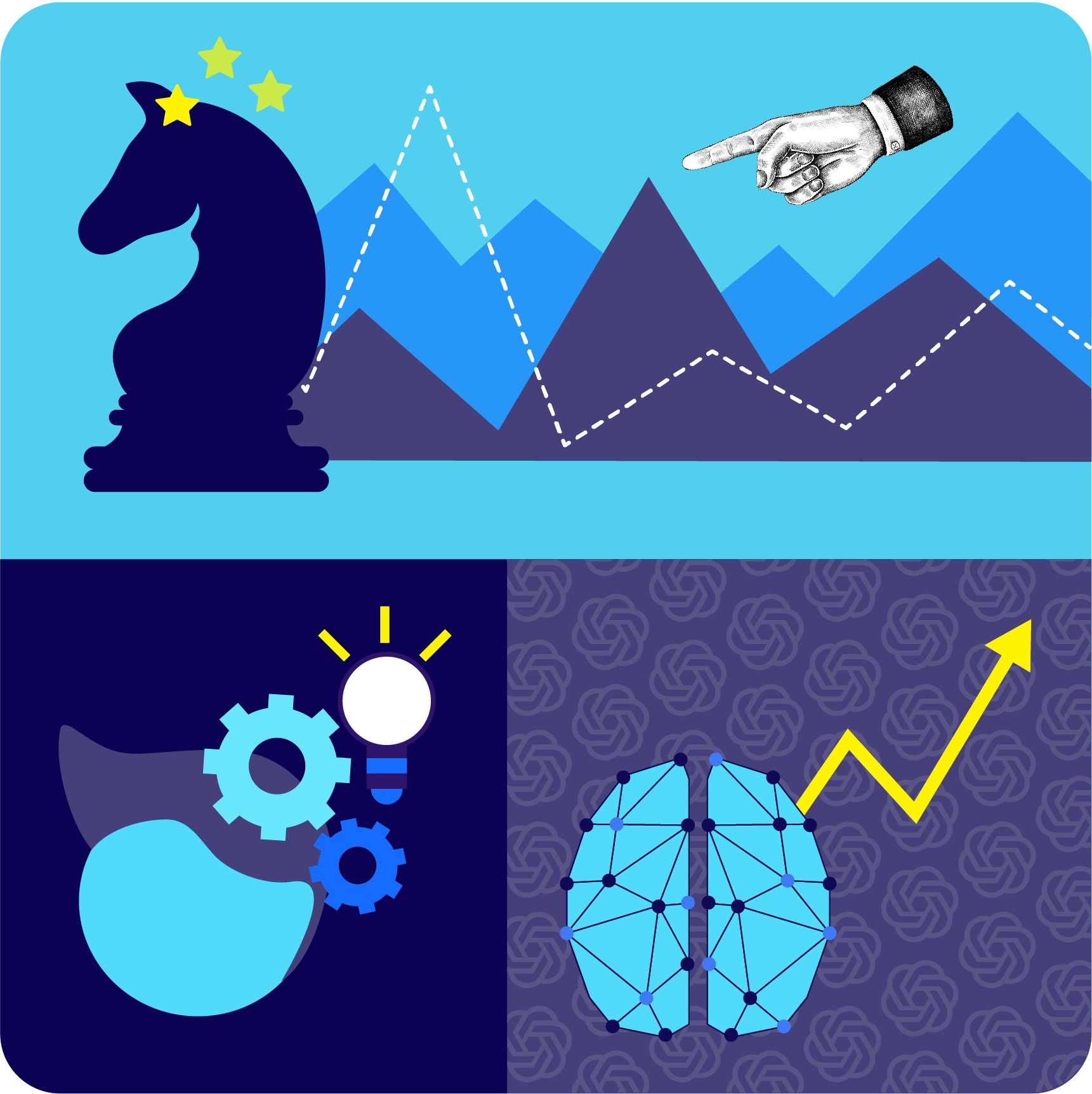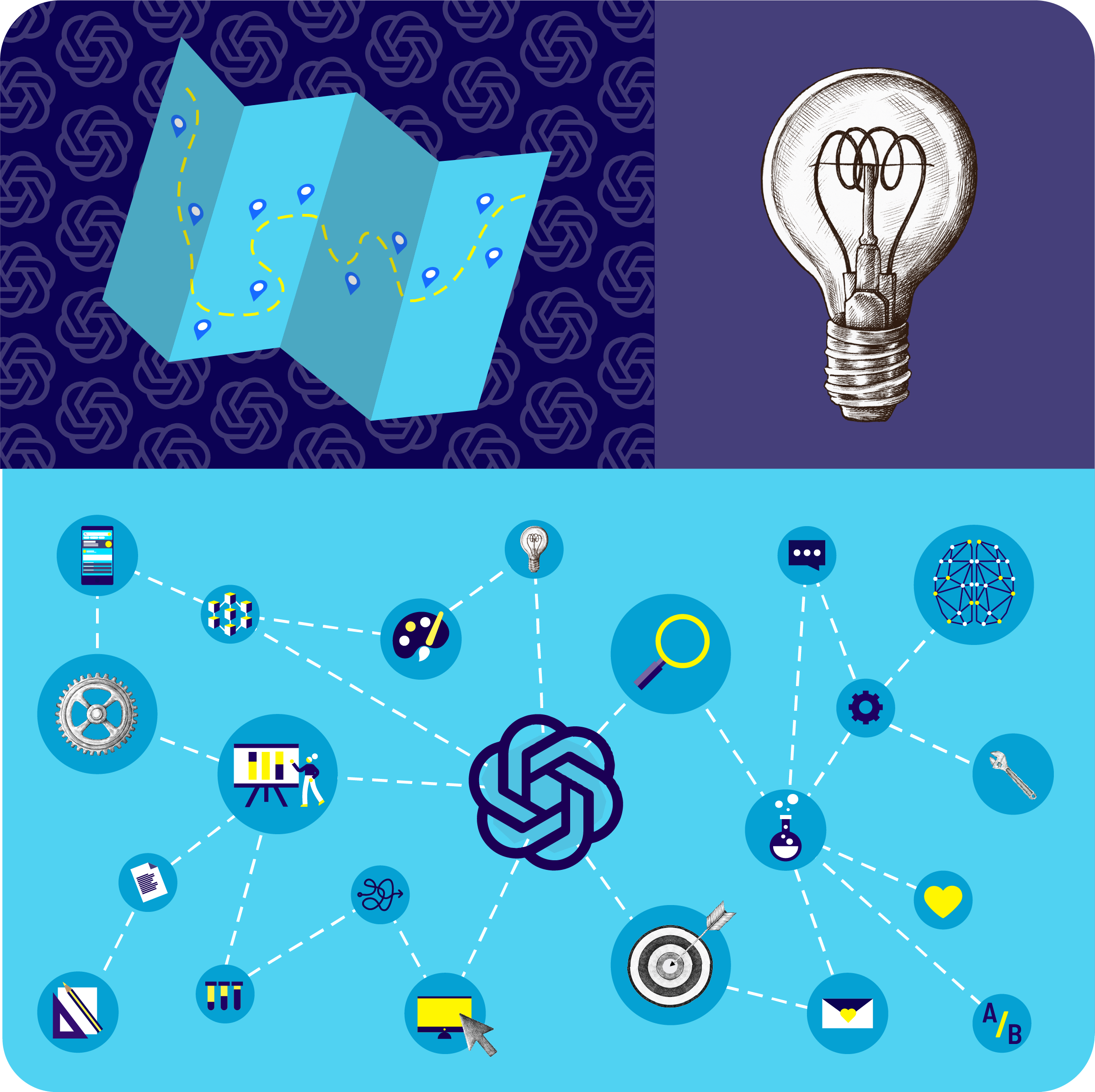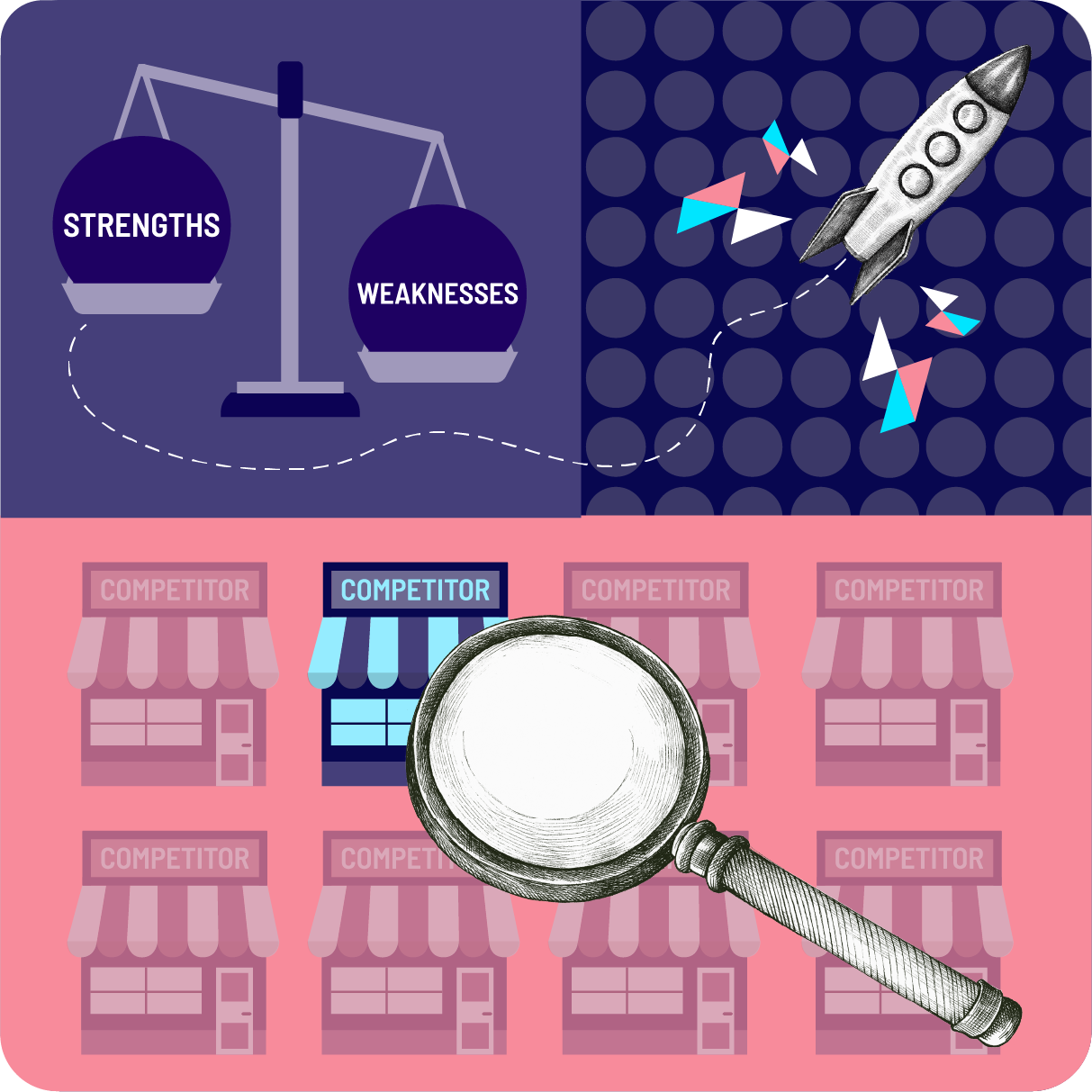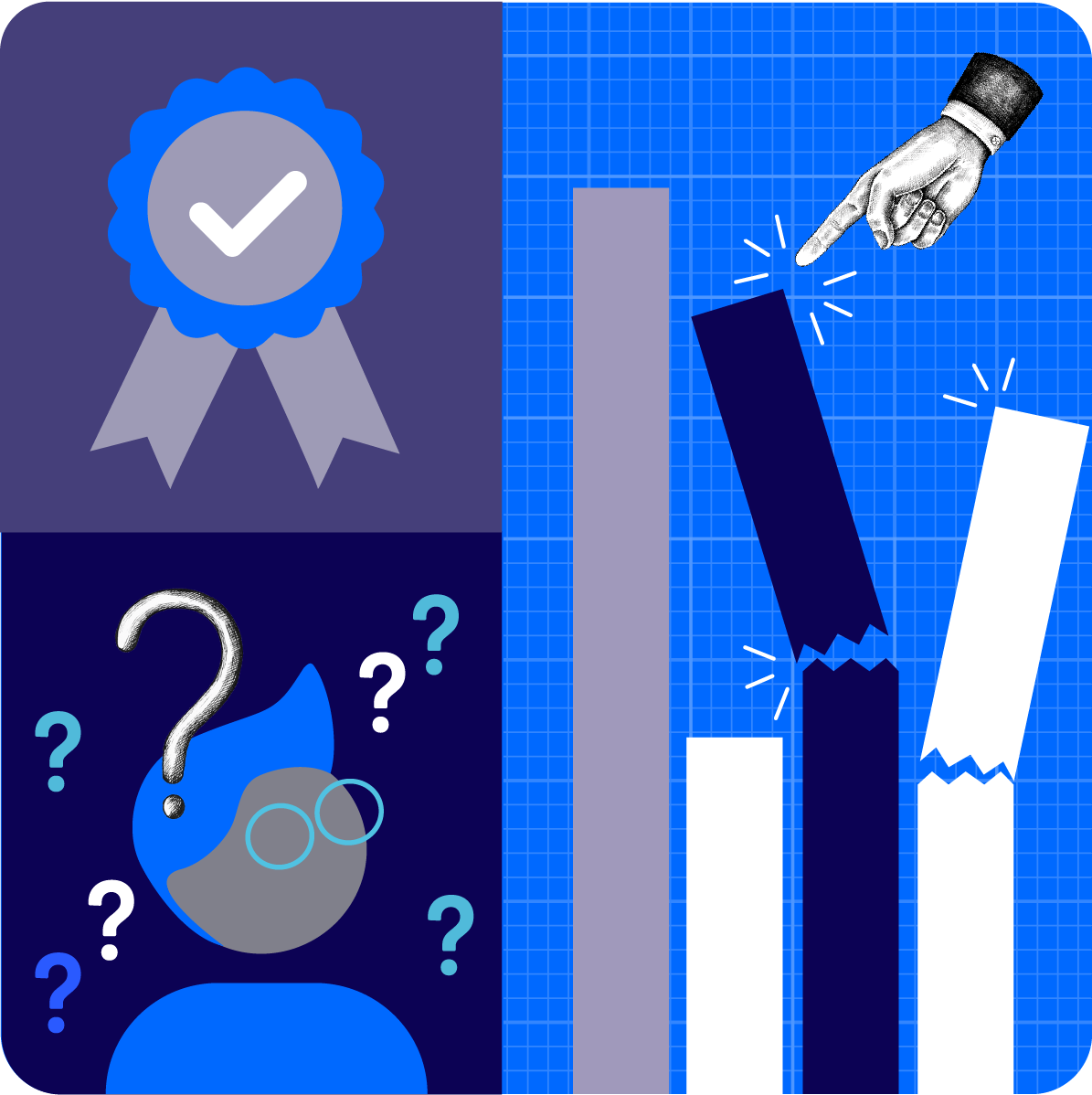Ever felt the Growth Mindset is all talk, with little practical advice on how to truly live it? It’s time to break down how some of the world's most successful companies have thrived using this approach and learn actionable steps to embed it into your professional world, whether you're an individual contributor or a manager.
👉 Connect with me on Linkedin to share ideas and keep the conversation going!
Implementing a growth mindset should be much more than fancy ambitions — it's a foundational shift that can drive both individuals and organizations towards remarkable success and adaptability.
Research has shown that this mindset because it directly correlates with resilience, innovation, and long-term achievements. Just look at Microsoft, which under Satya Nadella's leadership, rejuvenated its corporate culture by embracing a growth mindset, leading to increased collaboration, innovation, and a resurgence in its market position.

In an ever-changing digital landscape, the ability to adapt, learn, and transform is essential. A growth mindset equips professionals with the tools to not just survive, but thrive amidst change.
Your Growth Mindset blueprint: A 4-Step Process
 Just getting started on your growth mindset journey? We’ve designed a simple roadmap that you can follow. Don’t just consider it a linear process, but go through the steps and come back to them to iterate and improve.
Just getting started on your growth mindset journey? We’ve designed a simple roadmap that you can follow. Don’t just consider it a linear process, but go through the steps and come back to them to iterate and improve.
⚙️ Click here to download the toolkit
- Self-reflection: Begin by looking inward. Use the self-assessment journal to understand where you stand and where you need to pivot.
- Ask the Three Whys: Whenever a challenge arises, peel back its layers. Dive deep, question, and understand its roots.
- Ensure Psychological Safety while Maintaining Accountability: Create a space where your team feels safe to share, fail, and learn. Pair this with clear expectations, creating an environment that nurtures growth.
- Revise Feedback Mechanisms: Modify your questions during check-ins. Shift the focus from mere results to the journey, the growth, and the learnings along the way.
Let’s dive a bit deeper and see what’s needed at each step.
Step 1: Start with self-reflection
Kick off with the self-assessment journal. It's like holding a mirror to your thoughts, helping you recognize areas dominated by a fixed mindset and pinpointing where to shift to a growth mindset.

What could that look like in real life? Here’s a little example:
Situation: Emily has always been curious about integrating AI into her marketing campaigns but feels overwhelmed by its complexity.
Self-reflection: Using her self-assessment journal, Emily notes:
She feels behind the curve because she hasn't yet adopted AI in her strategies.
She's excited about the potential of personalized marketing with AI but fears the learning curve.
Let’s take these self-reflections into our next step!
Step 2: Obsess over the problem or challenge, not the solution
Have you ever been in a situation where someone just doesn’t want to kill an initiative because they’re personally attached to the result? Or have you seen people jump to conclusions too quickly because they want to see results? That’s exactly what we want to avoid when developing a growth mindset.
Those with a growth mindset don't just scratch the surface; they obsess over understanding the very essence of a problem. Instead of impulsively seeking a quick solution, they detach their egos from the outcome, allowing them to address the root cause.
This methodical exploration ensures decisions are made based on comprehensive understanding, not just surface symptoms. By using the 3 whys, we can achieve just that!
Let’s continue from the example in our previous chapter:

This means Emily needs to focus on a solution that helps research the benefits, rather than immediately jumping to AI projects and upskilling.
Step 3: Make it safe to fail and own your growth
We know that lack of safety and accountability will actually get in the way of growth and innovation! That’s why it’s important to ensure the checklist below is covered, so you can get into what we call “the learning zone”.

Based on the root-cause analysis from the previous step, you can define a scope for your growth or development and make sure psychological safety and accountability are covered. In case you miss a few checks, consider how you can improve them before you get started.
This way, you can guarantee a depth-first approach that will help tackle this and many more challenges in the future.
Step 4: Transform praise and feedback loops
At the heart of the growth mindset lies a simple yet profound shift in how we give praise and receive feedback. By valuing effort over results, we foster an environment where continuous learning and antifragility thrive.
To make this shift, we must reimagine our feedback processes. Instead of asking, “What did you achieve?”, the focus should shift to, “What did you learn?”.

Dive into our toolkit, tailor it to your unique needs, and embed our suggestions for revamped questions into your 1-on-1s, performance reviews, and retrospectives.
Remember, fostering a growth mindset is not a passive activity; it's a dynamic, ongoing commitment.
BONUS: ChatGPT prompts to help you Rubber ducking your way to growth
Ever heard of the “rubber ducking” method, where developers explain their code to a rubber duck toy to explain the problem and come to solutions on their own? Well, think of ChatGPT as your advanced, AI-powered rubber duck! No need to wait around for colleagues or scheduled meetings; start the 4-step process on your own.

Our curated list of 10 prompts is your ticket to harnessing the power of AI for personal growth. Whether you're grappling with challenges, brainstorming strategies, or just seeking insights, these prompts are designed to nurture your growth mindset. Dive in, converse, reflect, and let this AI co-pilot guide you towards actionable insights and continuous growth.
Embrace the Power of “Yet”
After diving deep into the transformative practices of journaling, employing the 3 Why, and establishing feedback loops, let's wrap up on a lighter and equally empowering note.
One of the simplest mindset shifts you can adopt is to add the word “yet” to the end of your self-limiting beliefs.
Ever caught yourself thinking, “I can't do this”? Try adding a “yet” to the end of that statement. See the magic unfold as “I can't do this” transforms into “I can't do this... yet.”
So, the next time you find yourself doubting your abilities or facing a new challenge, remember to harness the power of “yet.” It's a simple tweak to your internal dialogue, but one that can set you on a path of continuous learning and growth.
After all, every master was once a beginner. Every expert started as a novice. And every success story began with challenges that weren't overcome… yet.
👉 Connect with me on Linkedin to share ideas and keep the conversation going!
